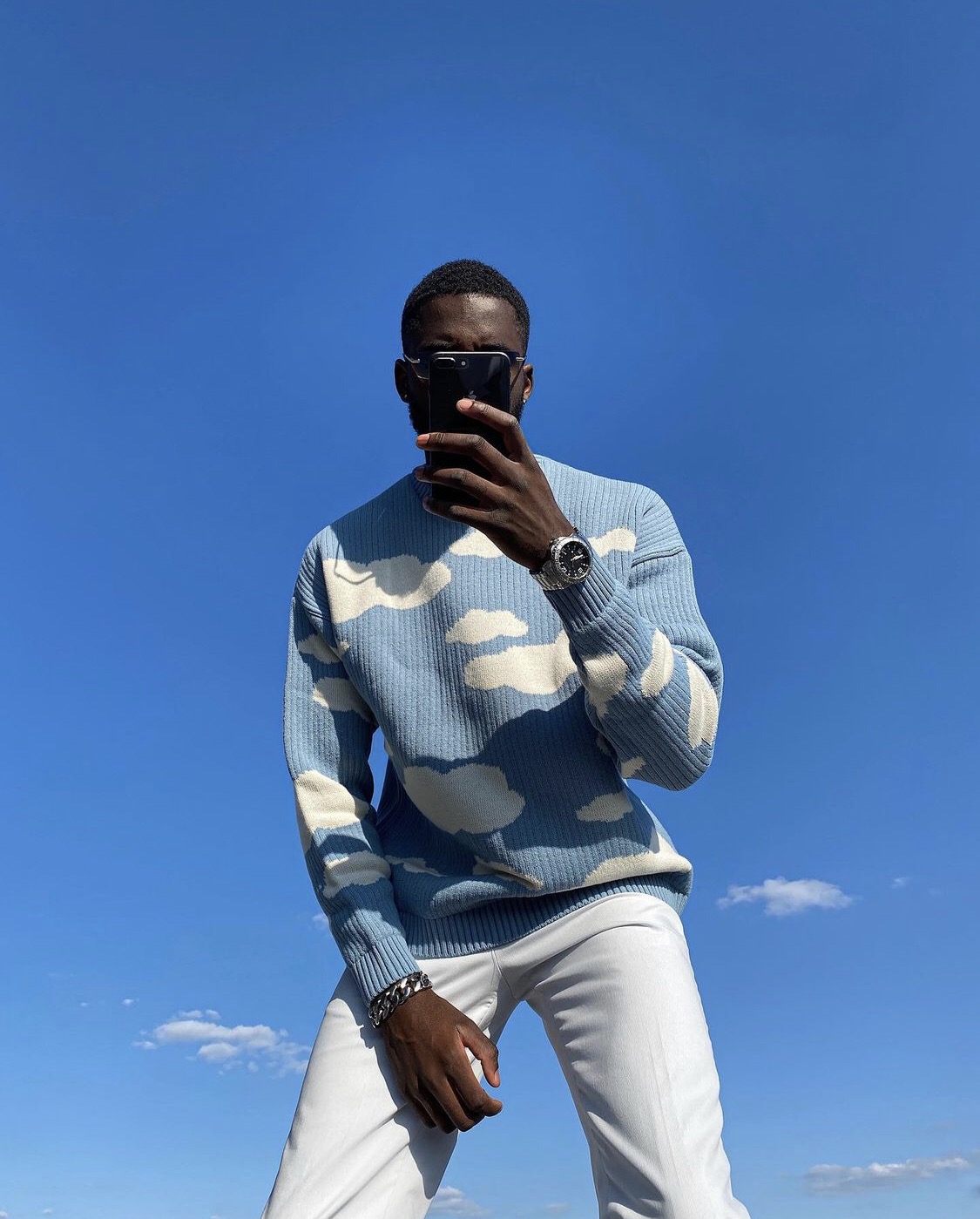Let’s Talk About: Street Goth
- Tobi Efunnowo

- Sep 22, 2021
- 0 min read

Around 2008-2009, a new movement of fashion swept street, powered by high-end design and a particular individual who introduced an entire generation to the prospect of luxury and technical designs. It’s origin is complicated. Insiders say it’s a mix of aesthetics, of which includes goth, punk, street and luxury. Officially, the style is described as a mix of streetwear and high end fashion and is defined by a dark gothic inspired aesthetic. The origins also link back to Harlem, New York as anyone from there will tell you that almost every street trend originated from the neighborhood.
Then, mainstream streetwear were in two very separate camps, the skaters (stussy, supreme) and the hip-hop (rocawear etc.).
However, in 2000/2001, that changed. As expected, music was the catalyst that fueled the movement of the crossover between both camps. It wasn’t long before crossovers became commonplace in popular music, and the individuals that spear headed it became the avatars for an entire different wave of fashion and style.

Since, these musical movements and influential individuals gave permission to an entire host of urban and sub-urban kids who enjoyed both the gritty tones of urban culture and the rebelliousness of punk to mature into one subculture, which ultimately gave rise to what we definitively call streetwear as a culture.

Street goth was birthed soon after as the polar opposite of swag and opulent display of color coordination that gained traction at the time. Street goth was far more concerned with silhouette, combining street with a higher tier of fashion, but the style won’t become a general part of that periods zeitgeist until the emergence of a celebrity that was far more influential than previously thought.

By the time ASAP Rocky dropped his track “purple swag”, he was being heralded as a new star. While his word play was commendable, it would be his sense of fashion and style bravery that caught the attention of his initial followers and fans. It was his unique approach to style as a hip-hop artist that turned heads. Kanye might’ve been the one to bridge the gap between music and fashion in the 2000s, it was ASAP Rocky that took it to a different level, by exploring the labels and styles that even Kanye was reluctant to touch at the time. It was weird to see a rapper in Yohji Yamamoto, Rick Owens, RAF Simons, Givenchy and mixing that with labels like Black Scale, Nike, was unheard of at the time.

By 2012, Rocky’s approach to fashion was cemented, a style that went from street goth to what we enjoy today. Street labels followed suit, with brands like Black Scale, brands who’s black label pieces became a signature. However, the cut and sew element put them at a higher tier than street brands of the past. Not long after, higher tier labels sprung from the ashes with similar approaches, namely - Hood by Air, En Noir, Off White, and eventually Fear Of God. Designers like Rick Owens, RAF Simons, Alexander Wang, and Yohji Yamamoto became just as well known to the street as they had been by seasoned fashion critics. Brands like YSL, comme des garçons, and Y3 became go-to’s for the style.

Due to the hype and crowd of new found lovers, it all led to an increase in gatekeeping: the act of closing off information and access to new fans of obscure brands because they will likely bring hype with them, which critics believed will dilute the purity of these labels. It’s no wonder that most of these obscure labels were Japanese, relatively unscathed and harder to procure unless you were in the know.
Street Goth was the catalyst for this wave of high street mix that birthed many brands we know today like OAMC, A-Cold-Wall, Heron Preston, Rhude, Palm Angels etc.

Celebs like Kanye West, Jaden Smith, Rihanna, Kendrick Lamar and a lot more had adopted the street goth style at one point, validating the statement made by kids initially at Harlem. The legacy of street goth lives on. Street Goth also popularized tech wear, giving way to labels such as Acronym, and much more.









Comments